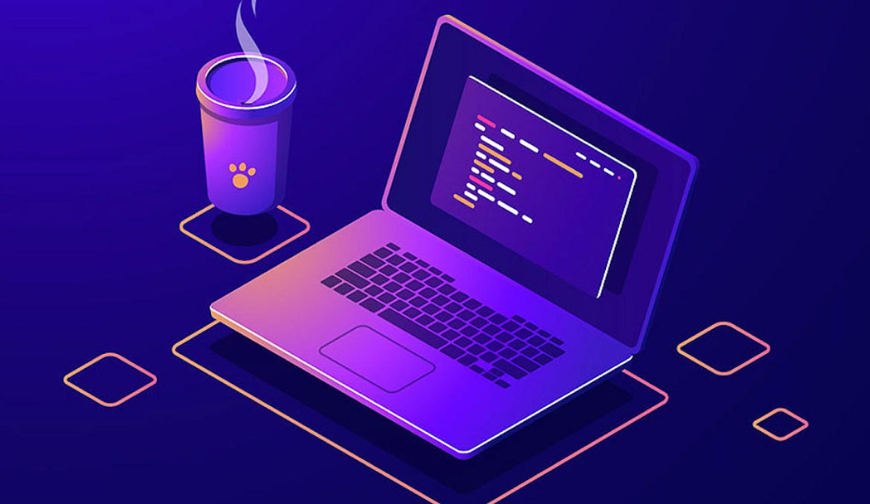The LAMP stack, which stands for Linux, Apache, MySQL, and PHP/Perl/Python, is a popular open-source web development platform. Each component plays a crucial role in delivering dynamic web applications. Linux serves as the operating system, Apache as the web server, MySQL as the database, and PHP/Perl/Python as the scripting language.
Scaling LAMP Applications
Horizontal Scaling
Horizontal scaling involves adding more servers to distribute the incoming load. This approach enhances fault tolerance and enables better utilization of resources. Technologies like load balancers help evenly distribute traffic across multiple servers, ensuring optimal performance.
Vertical Scaling
Vertical scaling, on the other hand, involves upgrading the existing server’s hardware resources, such as CPU, RAM, or storage capacity. While it can be simpler to implement initially, there are limitations to how much a single server can handle, making horizontal scaling a preferred choice for larger applications.
Security Measures for LAMP Stack
Securing Apache
Securing Apache involves configuring it to mitigate common vulnerabilities like cross-site scripting (XSS), SQL injection, and directory traversal attacks. Utilizing HTTPS with SSL/TLS certificates adds an extra layer of security by encrypting data transmitted between the server and clients.
MySQL Security Best Practices
Securing MySQL involves practices like using strong passwords, limiting access privileges, and regularly updating the database software to patch security vulnerabilities. Additionally, implementing firewalls and intrusion detection systems (IDS) helps monitor and protect against unauthorized access attempts.
PHP Security Considerations
PHP applications are prone to security risks if not properly configured. Employing techniques like input validation, output sanitization, and parameterized queries can prevent common exploits such as code injection and session hijacking. Regularly updating PHP to the latest stable version is also essential for receiving security patches.
Optimizing Performance in LAMP
Caching Mechanisms
Implementing caching mechanisms such as opcode caching (e.g., APC, OPcache) and content caching (e.g., Varnish) can significantly improve performance by reducing server-side processing and database queries. Caching frequently accessed data and pages helps minimize response times and server load.
Database Optimization Techniques
Database optimization techniques like indexing, query optimization, and database normalization enhance the efficiency and speed of data retrieval and manipulation. Utilizing techniques like sharding and replication can distribute the database workload across multiple servers, further improving scalability and performance.
Code Optimization Strategies
Optimizing code involves identifying and eliminating bottlenecks, reducing unnecessary computations, and optimizing algorithms for better efficiency. Techniques like lazy loading, code profiling, and asynchronous processing help streamline execution and improve overall application performance.
Advanced Tools and Techniques
Load Balancers
Load balancers distribute incoming traffic across multiple servers, ensuring optimal resource utilization and high availability. Advanced load balancers can perform health checks on servers and dynamically adjust traffic routing based on server performance and availability metrics.
Content Delivery Networks (CDNs)
CDNs cache static assets like images, CSS, and JavaScript files on distributed edge servers worldwide, reducing latency and improving page load times for users across different geographic locations. Integrating a CDN with a LAMP stack can enhance content delivery performance and scalability.
Containerization with Docker
Containerization technologies like Docker enable developers to package applications and their dependencies into lightweight, portable containers. This approach simplifies deployment, scaling, and management of LAMP applications, promoting consistency and reproducibility across different environments.
Monitoring and Troubleshooting
Logging and Monitoring Tools
Implementing robust logging and monitoring tools allows developers to track application performance metrics, detect anomalies, and troubleshoot issues proactively. Tools like Prometheus, Grafana, and ELK stack (Elasticsearch, Logstash, Kibana) provide comprehensive visibility into system health and performance.
Common Performance Issues and Solutions
Common performance issues in LAMP applications include slow database queries, inefficient code, and resource contention. Solutions may involve optimizing SQL queries, implementing caching mechanisms, and fine-tuning server configurations to better handle concurrent requests and traffic spikes.
Future Trends and Innovations
Cloud-Native LAMP Setups
Cloud-native LAMP setups leverage cloud computing platforms like AWS, Google Cloud, or Azure to build highly scalable and resilient infrastructure. Container orchestration tools like Kubernetes enable automated deployment, scaling, and management of LAMP applications in cloud environments.
AI-Driven Performance Enhancements
Emerging technologies like artificial intelligence (AI) and machine learning (ML) are increasingly being integrated into LAMP stack environments to optimize performance and resource utilization. AI-driven algorithms can analyze application metrics, predict traffic patterns, and dynamically adjust infrastructure parameters for optimal efficiency.
Conclusion
In conclusion, mastering advanced topics in LAMP stack development is essential for building scalable, secure, and high-performance web applications. By implementing horizontal scaling, security best practices, performance optimization techniques, and leveraging advanced tools like load balancers and CDNs, developers can ensure the reliability and responsiveness of their LAMP applications in today’s dynamic digital landscape.
FAQs
1. What is the primary purpose of horizontal scaling in LAMP applications? Horizontal scaling aims to distribute incoming traffic across multiple servers to improve fault tolerance and resource utilization.
2. How can developers enhance security in Apache servers? Developers can enhance Apache server security by configuring it to mitigate common vulnerabilities like XSS, SQL injection, and directory traversal attacks, and by implementing HTTPS with SSL/TLS certificates.
3. What are some common database optimization techniques for MySQL in LAMP stack? Common database optimization techniques for MySQL include indexing, query optimization, database normalization, sharding, and replication.
4. How do CDNs improve the performance of LAMP applications? CDNs improve performance by caching static assets on distributed edge servers worldwide, reducing latency and improving page load times for users across different geographic locations.
5. What role do monitoring and troubleshooting tools play in maintaining LAMP applications? Monitoring and troubleshooting tools provide visibility into system health and performance, allowing developers to track application metrics, detect anomalies, and troubleshoot issues proactively.



